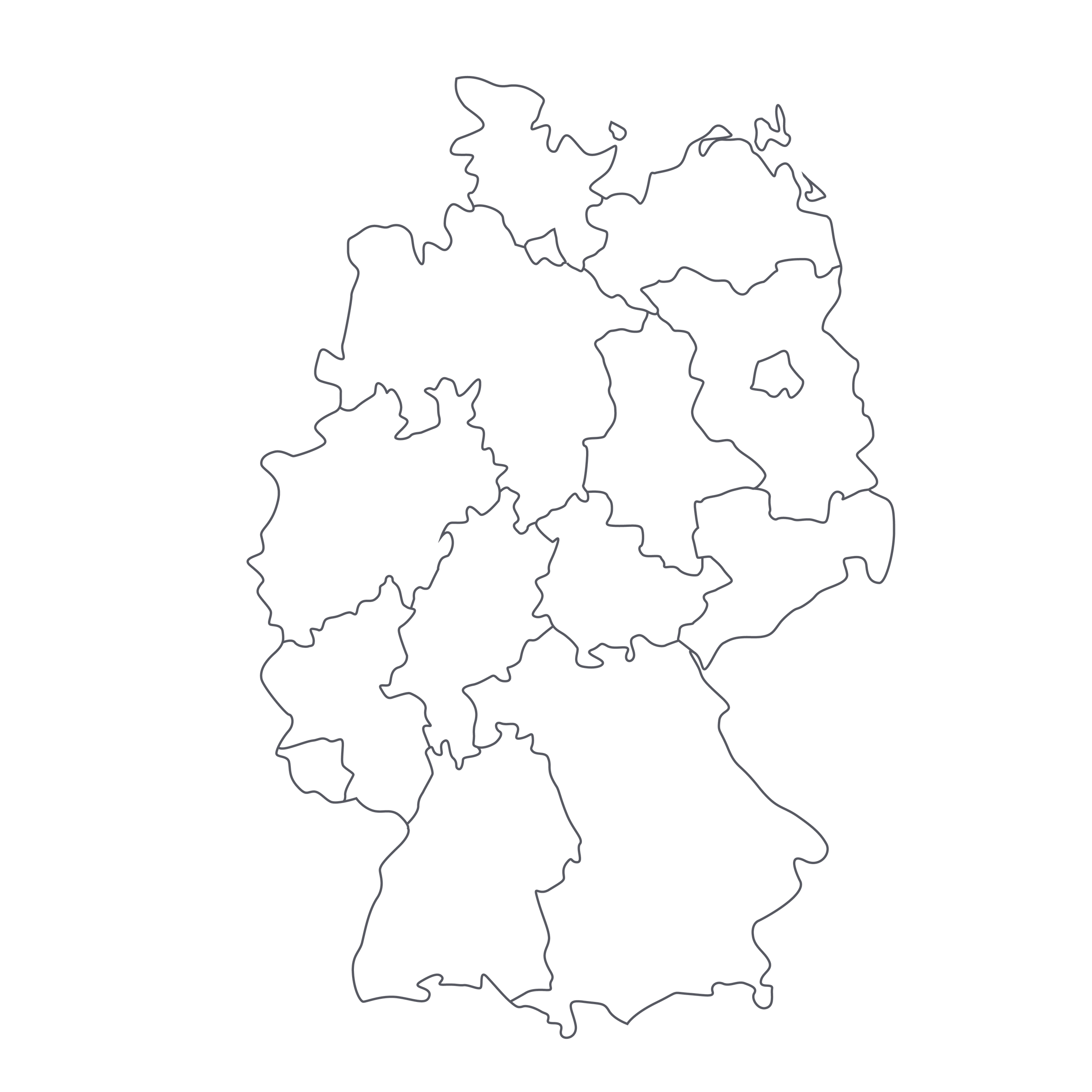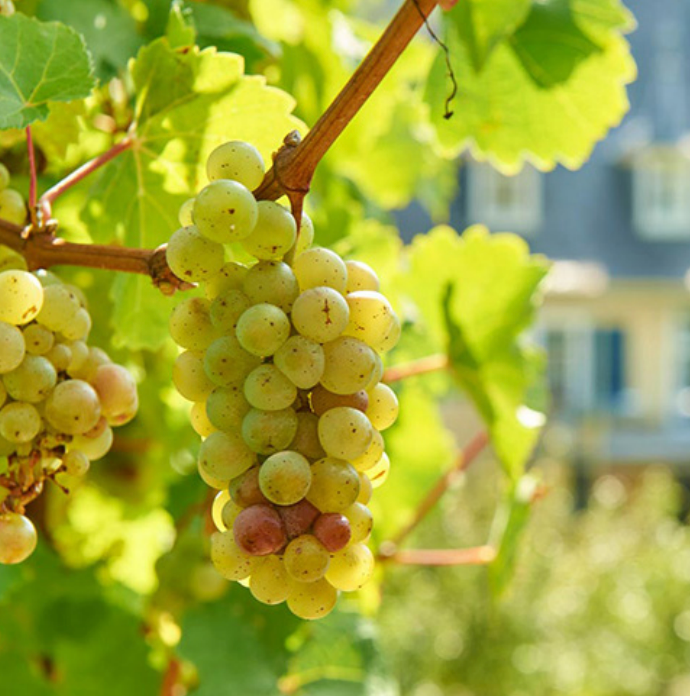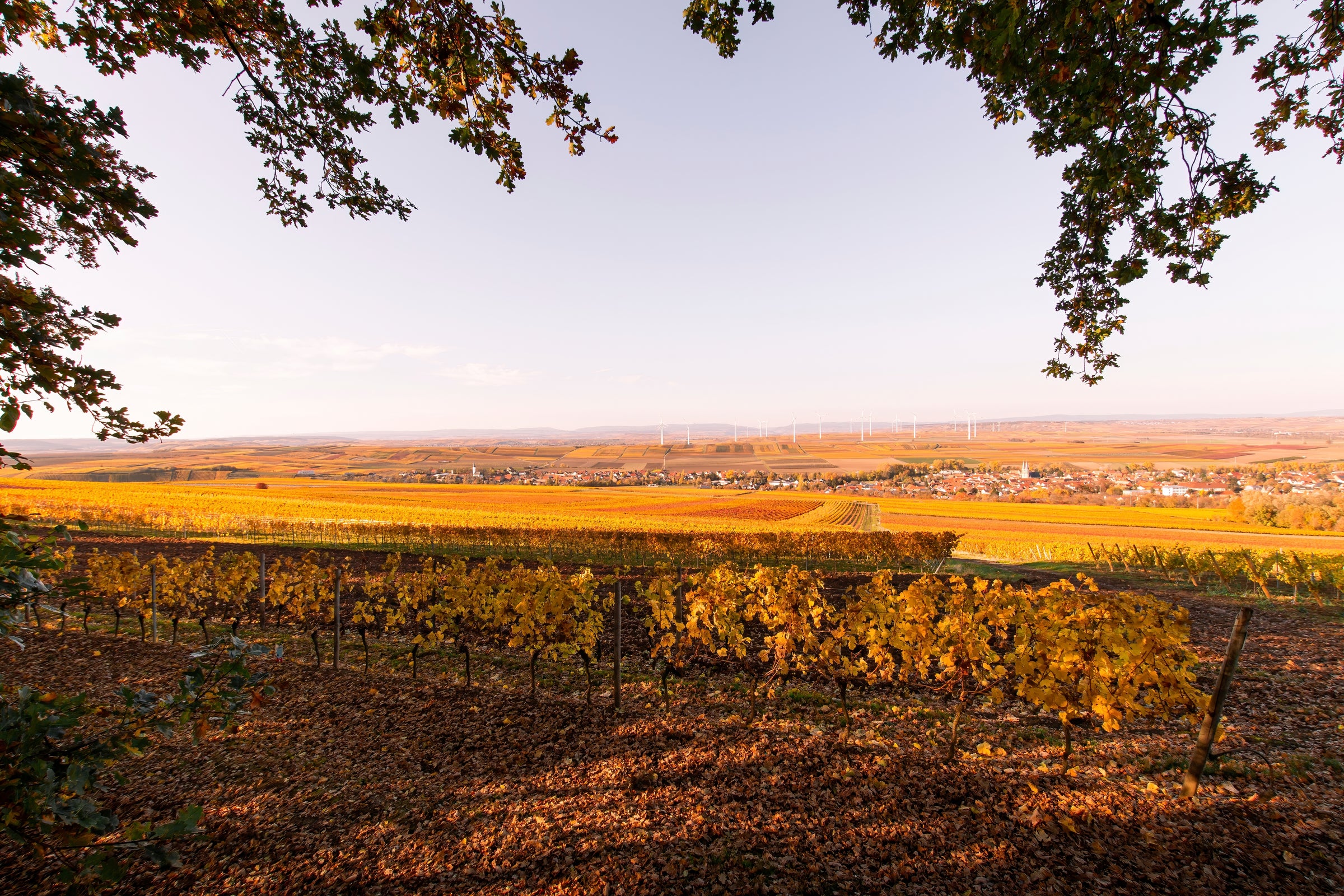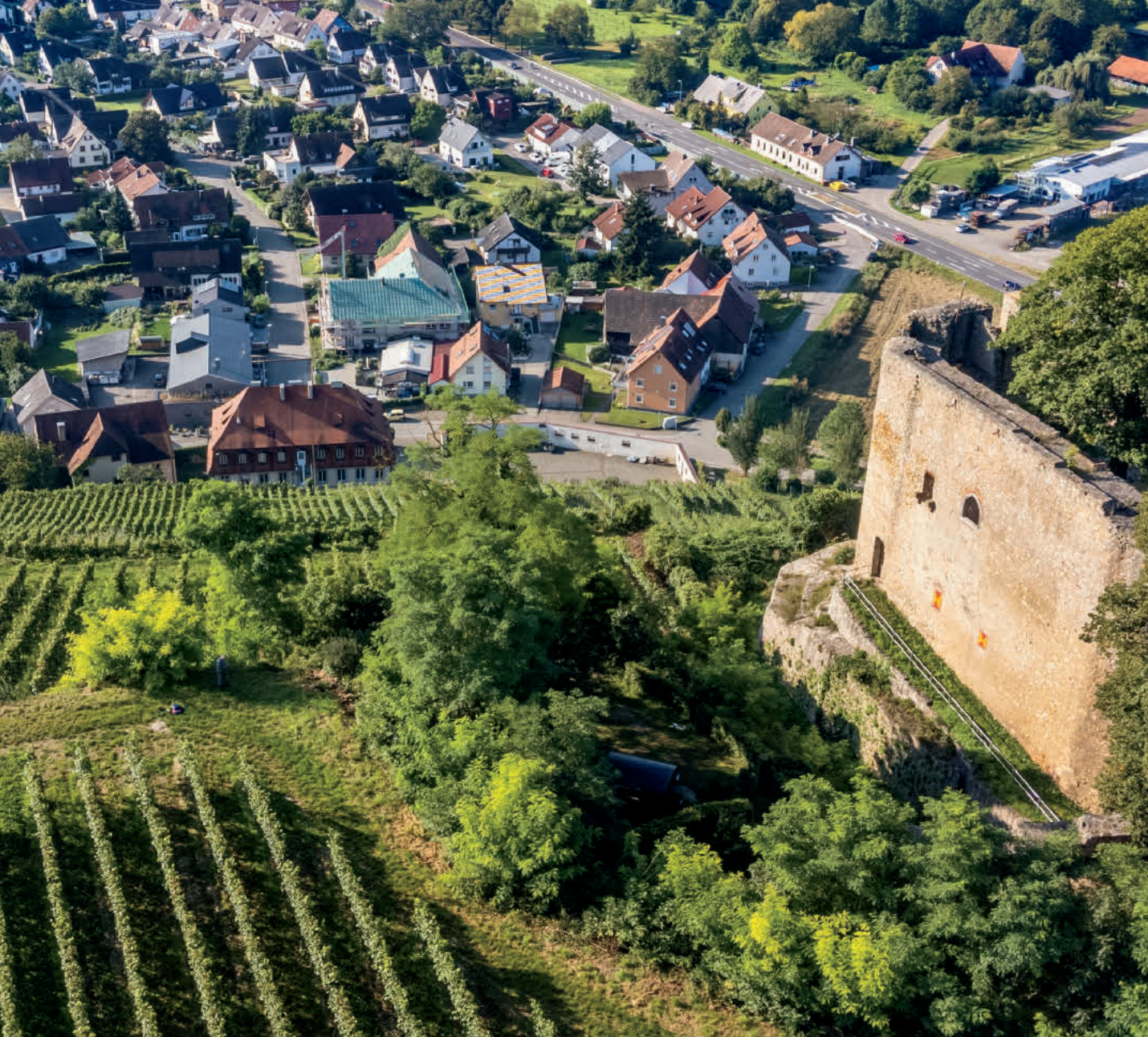Do you long to bite into a fresh-picked heirloom variety apple from a hillside farm in Vermont? Do you daydream about gulping down Petit Chablis or Muscadet alongside an iced platter of shellfish? Do you demand a wine that expresses in 3-D its soil of origin and the heart and soul of the family who bottled it?
If the answer is “yes,” then I predict today will be begin a long relationship with the wines of Hofgut Falkenstein. SommSelect is coming up on our fourth year, but this is the first time we’ve ever been able to offer these delicious and ruthlessly limited wines. It’s truly special stuff, especially in 2015, a momentous vintage in Germany. If you crave bone-dry, “terroir” whites, you simply can’t miss this offer.
There are a million things I could write to flatter this breathtaking and über-rare wine, but let’s start with the word I scrawled in big block letters in the margin of my old tasting notebook the first time I tried Falkenstein Riesling: HUMANITY. These are not expensive, fussy wines made by a wealthy noble family. Still, every last mouthwateringly dry ounce of Falkenstein Riesling I’ve ever emptied from a glass bleeds with empathy, truth, and soul. This is real wine made by real people and you can taste it.
Sometimes soil character and purity this profound can only be unlocked by a working-class farming family who hand-tills their vineyards and hand-labels each bottle in their tiny cellar. Emphasis on tiny—Falkenstein is one of the smallest wineries ever featured on SommSelect. Very few bottles exist and only a fraction thereof are exported. The family has a mailing list for direct sale to German collectors and sommeliers, but not enough wine for distribution across Europe. Falkenstein’s wines are rarely touched by middlemen so provenance is reliable and prices always stay surprisingly low despite the impressive reputation and quality. Riesling geeks in their home country and here in the US have learned the hard way that Falkenstein arrives each Spring and promptly vanishes. It is for all these reasons that this wine enjoys a cult sommelier following in New York and California (the only two states in which it’s available) and why I doubt you’d ever see this bottle on a retail shelf. In short, there are two choices: Jump on this offer before it sells out, or wait ‘til next year!
Hofgut Falkenstein owner/farmer/winemaker Erich Weber is nothing like the well-heeled, sweater-and-slacks scions behind some of the priciest bottles of Champagne and Grand Cru Burgundy. Erich is a real farmer. He passes most days working his vines in coveralls and rubber boots and I’m quite sure he has no aspirations to become a global wine celebrity. If you talk to Erich about Falkenstein, he does not mention awards, magazine scores, or the latest acclaimed restaurant pouring his Riesling. He talks about grape vines, how each wine makes him feel and how he cherishes simplicity. He says his greatest ambition for his wines is that they are a refreshing beverage; an ideal companion for a hearty meal with friends. Still, Erich’s weathered face, cracked hands and the gleeful
twinkle in his eyes tells a deeper story. He’s a special guy, and these are special (and sneakily complex) wines.
Erich has been hand-farming and making wine in the rural southern Mosel valley village of Krettnach (just a few minutes from the border with Luxembourg) since the mid 1970s. Early on, he committed to what I might call an old-school, non-interventionist approach. Especially in the context of typical contemporary Mosel Valley vineyard practices, Falkenstein’s soils are remarkably undisturbed, allowing for optimal biodiversity and mycorrhizal activity. Stronger, untouched soils mean less machines, less chemicals and a healthier wine/planet—that’s how Erich wants it. In discussing his vines, Erich often uses the phrase, “Kontrolliertes nichts tun.” In other words, less is more.
Erich’s small cellar is as orderly and well kept as one would expect in Germany but that’s where the similarities end. First off, there are no shiny stainless steel tanks, no Glycol-filled temperature control units, and no synthetic yeasts. This is a country known for producing technologically controlled and engineered wines but Falkenstein’s cellar appears more or less untouched since it was built in 1901. It’s like traveling back into the history of German wine. Following a recent pilgrimage to Erich’s cellar, one of my friends had this to share: “It brings to mind fine Japanese cuisine in that there is no artifice, everything is stripped away to reveal only what is essential. It’s stark in appearance but utterly honed to produce great Riesling.”
At Falkenstein, grapes are loaded by hand into an old wooden spindle press before juice flows via gravity into enormous, handmade 1000-liter Bavarian oak casks. Falkenstein’s casks were crafted 60-80 years ago by the village’s then-mayor. In these same ancient vessels, fermentation occurs naturally and slowly with only wild, airborne yeasts. Erich is on the very short list of German winemakers who has never used commercial enzymes, protein stabilizers, or clarifying agents like charcoal and he does not chaptalize, concentrate, or de-acidify his wines. As with this tröcken (dry) bottling, Erich’s wines are typically bone-dry and they are always the product of an undisturbed, natural process. Each cask is separated by vineyard of origin before receiving a unique nickname like “Uncle Peter,” “Mutter Anna,” “Yong Yong,” or this “Altenberg.” Erich has long since learned which parcels are best expressed through which ancient cask. So, those fortunate enough to have an “in” on this family’s mailing list generally play favorites with certain casks.
The decades-old, handmade cask and the small hillside of Riesling vines that produced this wine are both named “Atenberg”—it’s one of my pet favorites. This Spätlese Tröcken (later-ripening but bone dry) bottling is a return to the golden age of gorgeously pure, artisan crafted Riesling from the mid-1900s. Many contemporary German Riesling houses control fermentation with packaged yeasts and fine tuned glycol systems, then stop fermentation on a dime with filtration and/or high doses of sulfur dioxide in order to preserve precise residual sugar in their wines. Off-dry Riesling can be delicious and I drink a fair share every summer, but my point is it generally results from an extremely controlled process and not one I would ever describe as “natural.” This wine is the opposite. Falkenstein Riesling is among the most delicate, elegant, and undoctored Mosel Riesling I’ve ever tasted. It is dry, crisp and mouthwatering as they come.
The 2015 Hofgut Falkenstein Riesling Spätlese Tröcken Krettnacher “Altenberg” is a clear, pale lime tone in the glass. On the nose, it is a bushel of Spitzenberg apples, white peaches, and just-ripe limes, with gorgeous apple blossom aromas, piercingly energetic lime acidity, and a fine dusting of atomized blue slate. This deeply thirst-quenching wine is light/medium-bodied and bone, bone dry—my mouth is watering just writing about it. Still, the “take home message” with Falkenstein is not about flowery tasting notes—it’s about purity and humanity. There is just something so damn genuine about these wines. I absolutely adore them, and I know you will, too. Please decant for 30 minutes and serve at 55 degrees in a Bordeaux glass. Falkenstein Riesling is Germany’s answer to farmstead Chablis and “cru” Muscadet, so don’t hesitate to empty this bottle next to a three-layer plateau of oysters, crab and chilled poached shrimp. At this extremely modest price, Falkenstein Riesling is risk-free opportunity to lay down some Riesling in your cellar. Alongside Champagne and Vouvray, German Riesling is one of the most long-lived dry wines on earth. Falkenstein’s characteristically screaming acidity and perfect geometry guarantee wines that improve and grow more refined in structure and exotic in aroma for decades. I’m not advocating that everyone fills their cellars with German wine, but there’s an undeniable alchemy of quality/vintage/price in this wine and you won’t regret keeping some extra bottles for gifts and extended cellaring. Prost!






